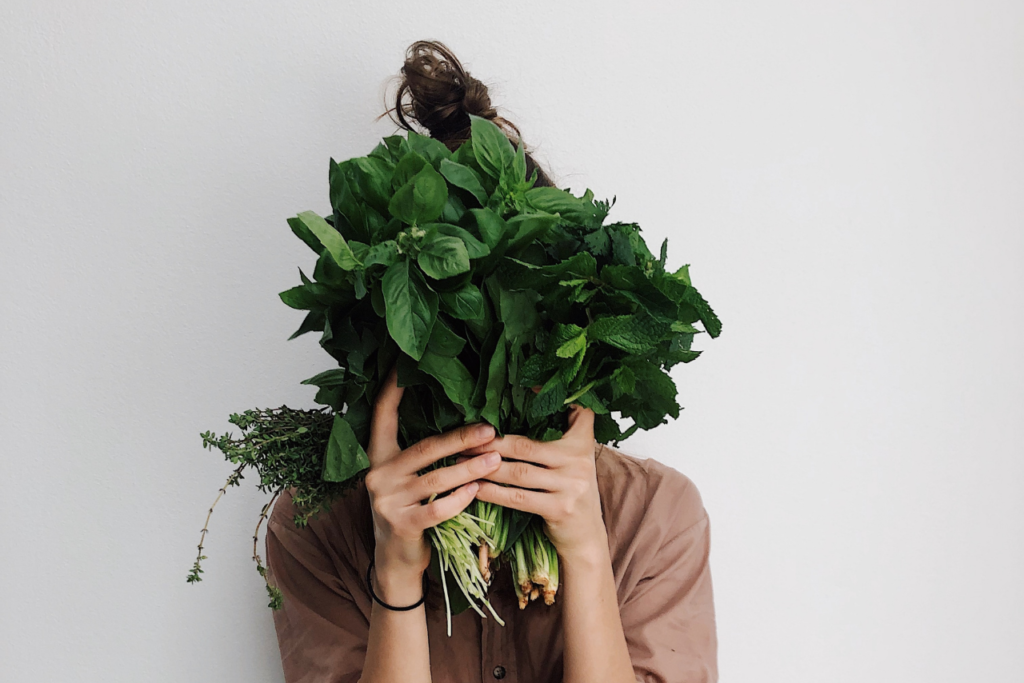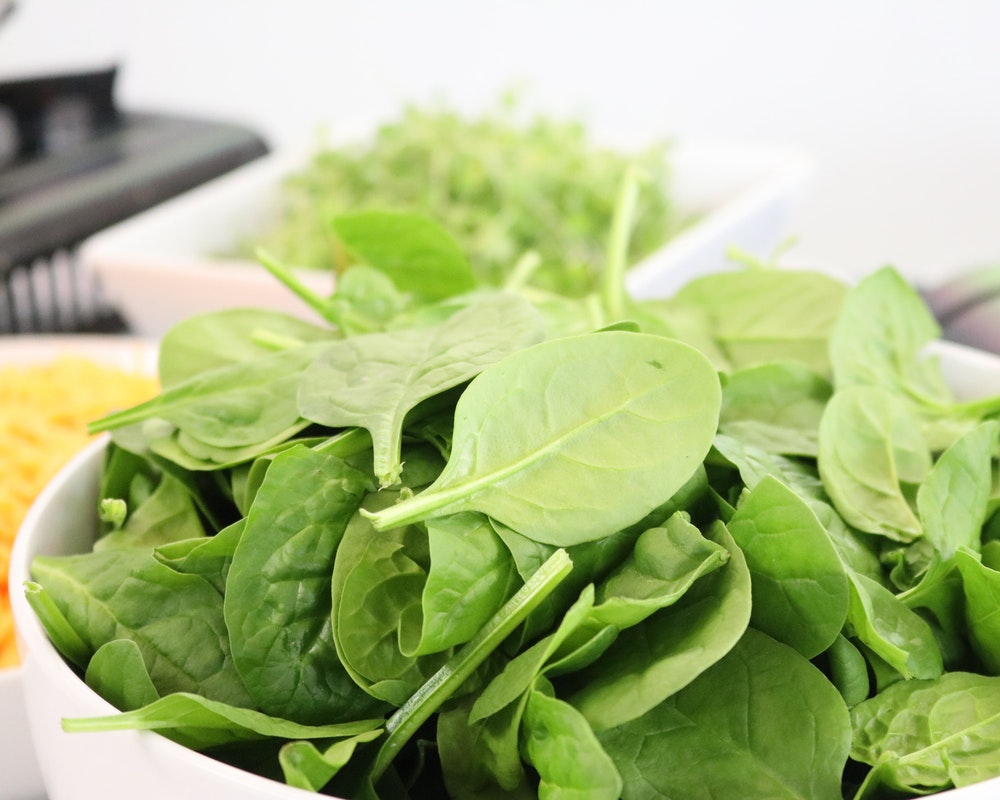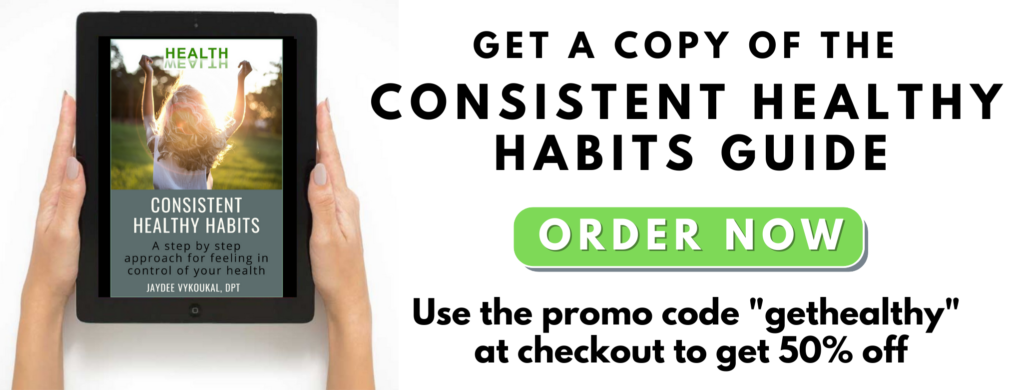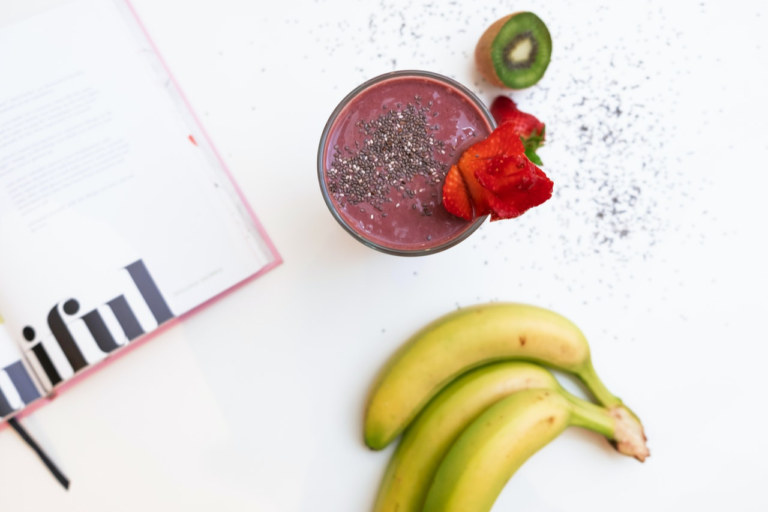How to Get More Green Leafy Vegetables in Your Diet
Here is something we can all agree on: most people are not eating enough vegetables. And unfortunately, when it comes to green leafy vegetables, the situation is even worse. However, vegetables are necessary components of a healthy diet. According to the U.S. Department of Agriculture (USDA) and other health organizations, people should have a diet that is rich in vegetables. The daily vegetable recommendation for adults is more than 2 and a half cups of vegetables each day. While women should consume at least 2,5 cups, this number is a little bit higher for men, they should eat a minimum of 3 cups of vegetables per day.
If you also belong to those who don’t meet the sufficient intake of vegetables, you should try to get more vegetables, especially more green leafy vegetables in your diet. With today’s mainstream Western diet, it can be easy to neglect our vegetables and not think of the consequences. But with chronic disease, particularly obesity, on the rise it’s time to pay attention! I can reassure you that you won’t regret it, as vegetable consumption has many health benefits. You will feel much better in your body!

Today, we will dig a little deeper into this subject, and I will show you what the health benefits are of green leafy vegetables and how you can build them easily into your diet.

Health benefits of green leafy vegetables
Most likely, you have already been aware of the fact that vegetables, particularly green leafy vegetables, play an important part in a healthy diet. But why is that?
First of all, green leafy vegetables are packed with numerous vitamins, fiber, minerals, and phytonutrients which are all beneficial for your health. Secondly, these vegetables are low in calories, so they fit in any kind of diet. And what is even better is that several studies show that green leafy vegetables can help you prevent many chronic diseases. For example, if you consume enough of them, you can reduce the risk of cardiovascular diseases, obesity, high blood pressure, type 2 diabetes, mental illnesses, and even certain types of cancer. Sounds great, doesn’t it?
Yet, most people are not consuming enough of these healthy vegetables. If you would like to change and have a diet rich in leafy green vegetables, before you run to the vitamin shop- I have a few tips for you on how to get a wide variety of greens in your diet. While vitamins can help with deficits in a diet, they shouldn’t replace whole fruits and vegetables. This is because foods grown in the nutrient rich soil encourage optimal health and body function- the science of it, which I don’t go into today- is pretty magical!
Related read: 30 Day Health Challenge Ideas: The Nutrition Edition
Some of the healthiest green leafy vegetables to build into your diet
Greens can be a fun way to bring variety to your dishes- whether it’s a smoothie, soup, sauces (think tomato sauce, curry, and pesto), stir fry, casseroles, and on!
Spinach

One of the most popular leafy greens is spinach that is rich in vitamin K, vitamin A, and manganese. Plus, it contains folate which is very beneficial when it comes to red blood cell production, and folate also has a significant role in preventing neural tube defects during pregnancy. Therefore, pregnant women can easily increase their folate intake by eating more spinach during pregnancy.
How you can build spinach into your diet: Spinach can be incorporated into various dishes. You can add it to smoothies (try this Detox Spinach Green Smoothie with bananas, apple, and lime), salads, egg dishes, sauces, or even soups.
Related read: Monthly Meal Planning Ideas: How to Create a Monthly Meal Planner
Romaine lettuce
Romaine lettuce is a common green leafy vegetable that has sturdy, dark green leaves. This kind of lettuce offers vitamin K, vitamin A, and also some folate, fiber, and vitamin C.
How you can build romaine lettuce into your diet: Due to its crunchy texture, romaine lettuce is very popular. We can find it in many kinds of salads, especially in Caesar salads. But it fits warm foods like roasted chicken and vegetables as well. If you need a great recipe, you can try this super delicious Roasted Broccoli Chicken Caesar Salad.
Related read: Food Trivia: A Nutrition Quiz to Test Your Knowledge!
Kale

Kale is a great source of vitamins, antioxidants, and minerals which makes kale one of the most nutrient-dense vegetables. Kale contains vitamin K, vitamin A, vitamin C- just to name a few. While kale is also rich in antioxidants like beta-carotene and lutein, and offers important minerals like potassium and manganese.
How you can build kale into your diet: If you would like to enjoy the health benefits of eating kale, the best way to do that is to eat it raw. This is because cooking can significantly reduce the nutritional values of kale. Similar to spinach, kale can also be used in various ways (smoothies, soups, stir fry, etc.). But if you don’t like it raw, don’t fret cooked kale is still better than one for sure! Here are 30 Healthy Kale Recipes to give you a little inspiration.
Related read: Why Organic? The Pros and Cons of Shopping Organic
Collard greens
The next green leafy vegetable we must talk about is collard greens. These greens are similar to kale and spring greens but have thick leaves and a little bit of a bitter taste. Collard greens are also packed with calcium and some vitamins (vitamin A, vitamin C, and vitamin B9). Plus, they are especially rich in vitamin K. Only one cup of cooked collard greens contains more than 1000% of the Daily Value for vitamin K. Low intake of vitamin K can cause a higher risk of osteoporosis and even bone fracture. Therefore, if you would like to do something for your bone health, you can increase your vitamin K intake by consuming more collard greens.
How you can build collard greens into your diet: You can either cook these greens lightly or add them raw to a salad. You can try this Kickin’ Collard Greens recipe with a little bacon and onion, or you can also use them as a wrap. Simply choose a larger leaf of collard green and fill it with something. It’s a healthier alternative to tortilla!
Related read: Budget Meal Planning Made Easy AND Healthy
Swiss chard
If you are looking for getting more greens in your diet, you should not leave out Swiss chard. Its texture is somewhere between kale and spinach: less tough than kale, but not as tender as spinach. What makes Swiss chard so special is that a unique flavonoid (syringic acid) can be found in this kind of green leafy vegetable.
How you can build Swiss chard into your diet: Swiss chard is often used in Mediterranean dishes. You can add it to soups, casseroles, or tacos as well. Although people tend to throw away the stems, you should know that they are highly nutritious. So it is better to eat also the stems of the Swiss chard. Here is an Easy Swiss Chard recipe that needs only a few ingredients.
Related read: 30 Day Challenge Ideas for Building Better Health
Beet greens

Many people don’t know but the leaves of the beets are also edible. The flavor is very similar to kale. So the next time you want to throw them away, think about this. Beet greens contain many powerful nutrients, such as fiber, vitamin A, vitamin K, calcium, potassium, riboflavin, and antioxidants (lutein and beta-carotene). These nutrients are beneficial for health. For example, the antioxidants that beet greens have can reduce the risk of several eye disorders.
How you can build beet greens into your diet: Beet greens can be easily incorporated into many dishes: soups, salads, or you can even sauté them. Try this Roasted Beet Salad recipe with feta.
Related read: How Intermittent Fasting Potentially Boosts Your Health

Just eat more leafy greens
Green leafy vegetables are not only healthy, but they can be super delicious as well. If you don’t like one of them, don’t give up! There are so many creative ways to flavor greens or sneak them into a favorite dish. Simply experiment and try other leafy greens or another recipe. The important thing is to eat more vegetables to benefit from the valuable nutrients they contain.
Related read: Windowsill Herb Gardens
Which are your favorite green leafy vegetables?






